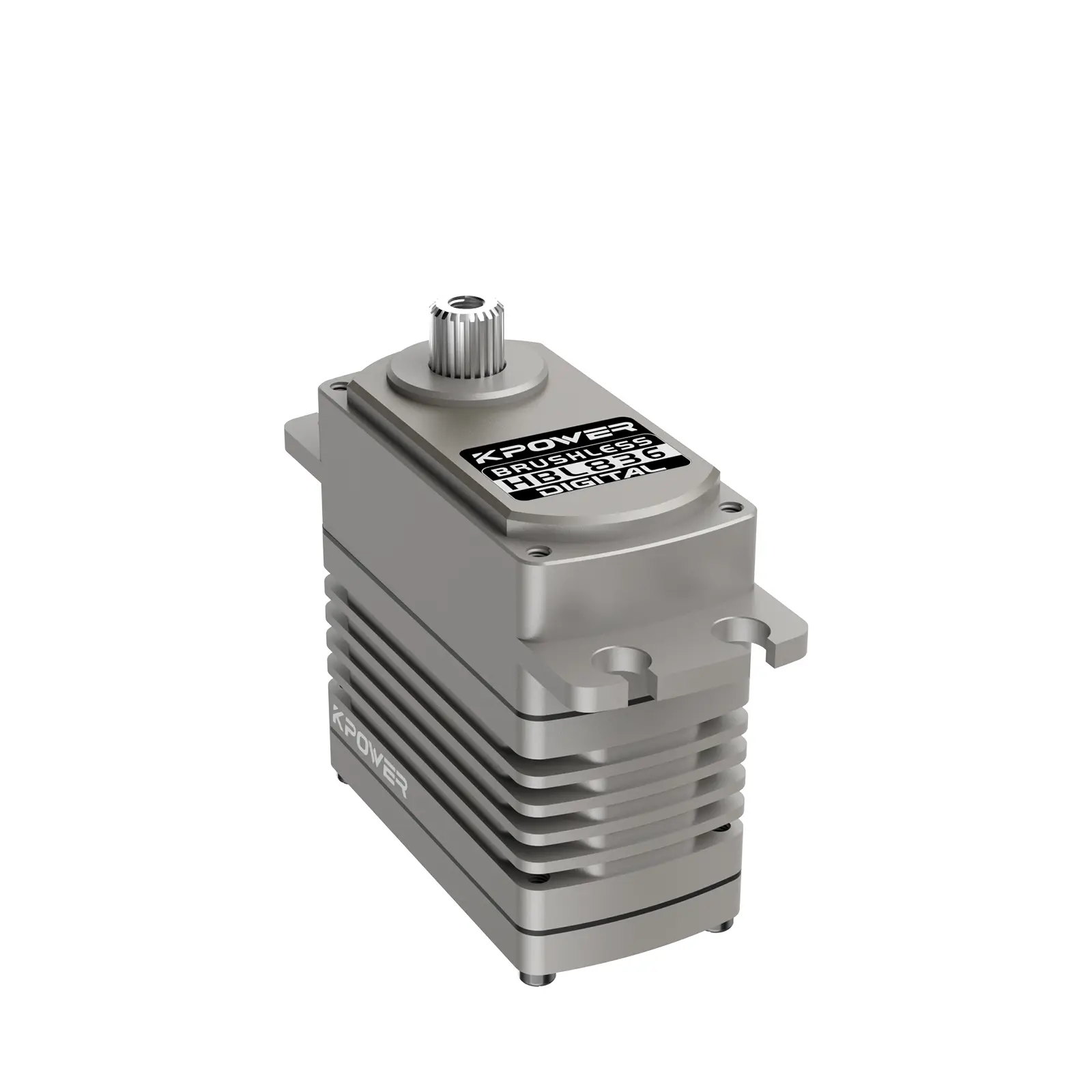Imagine trying to build a huge city, but instead of calling every builder just to do one small job, you break up the city into neighborhoods—each responsible for its own part. That’s pretty much what microservices do in the software world. It’s a way to develop applications by splitting them into smaller, independent services. Each service handles one function—like payment processing, user authentication, or content management—and they all work together seamlessly. Sounds simple? Not really. It’s kind of an art form—balancing the independence of each microservice with the cohesion of the whole.

Why bother with microservices? Well, traditional monolithic apps often turn into a mess—big, slow, and tough to update. Every change requires testing the whole thing, risking breaking something else. Microservices flip that script. Imagine updating just the checkout process without touching the login feature. It’s faster, more manageable, and allows teams to innovate without waiting around for a whole rebuild. Plus, if one microservice crashes? The rest keep running. That’s real resilience.
Now, picture a typical scenario: an e-commerce site. The shopping cart, user profiles, payment gateway, and customer reviews are all set up as tiny, dedicated microservices. When a user adds a product to their cart, only that service needs to talk to the database. If they decide to update their address, that’s handled independently. And if the payment gateway service experiences downtime? The rest of the site stays alive, ready for orders once the issue is fixed. It’s like having multiple small engines powering a larger, smarter vehicle—if one stalls, the others keep motoring.
Here's a question that pops up a lot: “Is microservices the right choice for every project?” Well, it depends. Small projects might not need that level of complexity. But for big, evolving platforms? Microservices are a game-changer. They ease scaling challenges—imagine you have a flash sale. You can beef up just the product recommendation service without touching the rest. It’s about agility—being able to grow, adapt, and innovate faster than ever.
And what about the tech side? It’s all about APIs, containerization, and cloud deployment. Microservices thrive in an environment where systems communicate smoothly over well-defined interfaces. Containers like Docker make it easier to deploy and manage these small building blocks. Running everything on a cloud platform adds scalability and flexibility, letting you spin up new services or tear them down as needed.
Sometimes, people wonder if microservices get too complicated. Sure, managing many small pieces can be a headache at first. But with proper orchestration tools and solid architecture habits, it becomes second nature. And the benefits? Faster updates, easier scalability, better fault isolation, and just a more adaptable business overall. That’s the promise of microservices—making your digital infrastructure smarter, faster, and more resilient.
In the end, microservices aren’t just a trend—they’re a smart approach to building modern applications. If you aim for agility and growth, understanding this architecture can give you a real edge. It’s not about throwing away everything existing; it’s about evolving into something more flexible—like turning a giant ship into a fleet of nimble boats, each ready to sail the stormy seas of tech innovation.
Established in 2005, Kpower has been dedicated to a professional compact motion unit manufacturer, headquartered in Dongguan, Guangdong Province, China. Leveraging innovations in modular drive technology, Kpower integrates high-performance motors, precision reducers, and multi-protocol control systems to provide efficient and customized smart drive system solutions. Kpower has delivered professional drive system solutions to over 500 enterprise clients globally with products covering various fields such as Smart Home Systems, Automatic Electronics, Robotics, Precision Agriculture, Drones, and Industrial Automation.




































